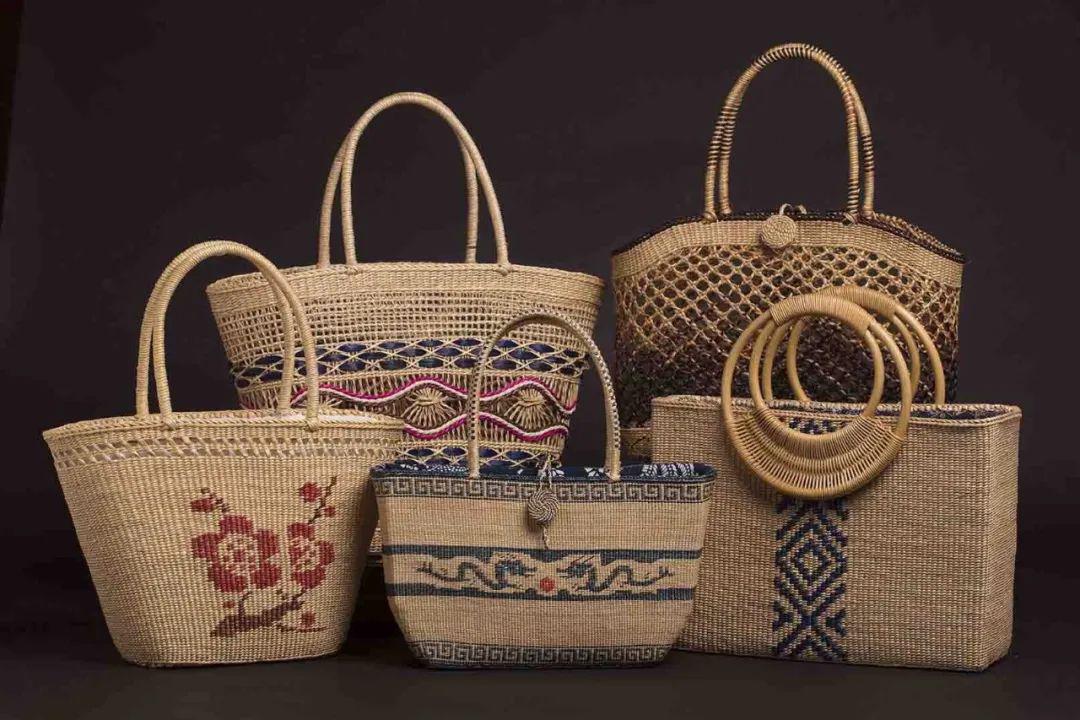Xuhang Straw Weaving

Image source: https://5b0988e595225.cdn.sohucs.com/images/20200513/a14984eb9e8841f293fe228bfa32aae3.jpeg
Straw weaving is a traditional craft that uses herbs as the primary raw material. As one of humanity's oldest skills, weaving became a crucial method for ancient Chinese ancestors to create practical items. This technique has been passed down through generations for thousands of years, continuously evolving along the way. Folk craftsmen across the country have skillfully adapted to local conditions, utilizing the natural materials available to them. They have harnessed the flexibility of stalks, skins, cores, leaves, and roots of various herbal plants, developing an array of weaving techniques such as braiding, knotting, plaiting, buckling, tying, twisting, winding, netting, stringing, and coiling. These techniques have made straw weaving a vital source of everyday items for the general population.
China, with its abundance of herbal plant resources, offers a wealth of raw materials suitable for weaving in both the northern and southern regions. Consequently, straw weaving varies significantly across different regions, each boasting its own unique characteristics. Straw weaving products predominantly include practical items such as mats, curtains, baskets, fans, hats, and shoes. Additionally, some ornamental items are crafted for decorative purposes. Since the 1840s, straw weaving has been exported abroad, and since the mid-20th century, it has evolved rapidly in response to modern life demands, leading to an increase in the variety of colors and patterns. As a beloved traditional handicraft, straw weaving enjoys widespread popularity among the Chinese people, valued for both its practicality and artistic appeal.
Xuhang straw weaving is a traditional folk craft primarily practiced in Xuhang Town, Jiading District, Shanghai. Known as a prominent straw weaving hub in the Yangtze River region, Xuhang has a long history of utilizing the town's locally produced yellow grass stalks to create everyday items. As early as the Qing Dynasty, Jiading yellow grass slippers made in Xuhang were exported to Europe and Asia. The yellow grass from Xuhang is known for its smooth, durable texture and light color, resulting in finely woven crafts that are evenly textured, moderately tight, flat, and smooth. When dyed or embellished with bright patterns, these crafts become even more exquisite and attractive. Xuhang straw weaving products include slippers, handbags, fruit baskets, cup covers, basin mats, and other items spanning 20 categories with thousands of varieties. These products are known for their vibrant colors, beautiful designs, light weight, and convenience, reflecting distinct local characteristics and flavor.
Today, yellow grass, once wild, is now cultivated specifically for straw weaving, resulting in higher quality materials. However, Xuhang straw weaving remains a labor-intensive, purely handmade craft, making large-scale production challenging and economically less viable. The craft struggles to withstand the pressures of the modern market economy. Currently, very few craftsmen in Xuhang rely on straw weaving for their livelihood. Only a few rural women continue to weave straw sandals and handbags in their spare time, selling them on a small scale. Moreover, urban development has rapidly reduced the areas where yellow grass grows, leading to a shortage of raw materials for Xuhang straw weaving. In light of these challenges, it has become increasingly urgent to actively protect, inherit, and develop Xuhang straw weaving skills to ensure their survival for future generations.
Original Chinese text source:
https://www.ihchina.cn/project_details/14098